Home>Gardening & Outdoor>Landscaping Ideas>What Grass Grows Best In Florida
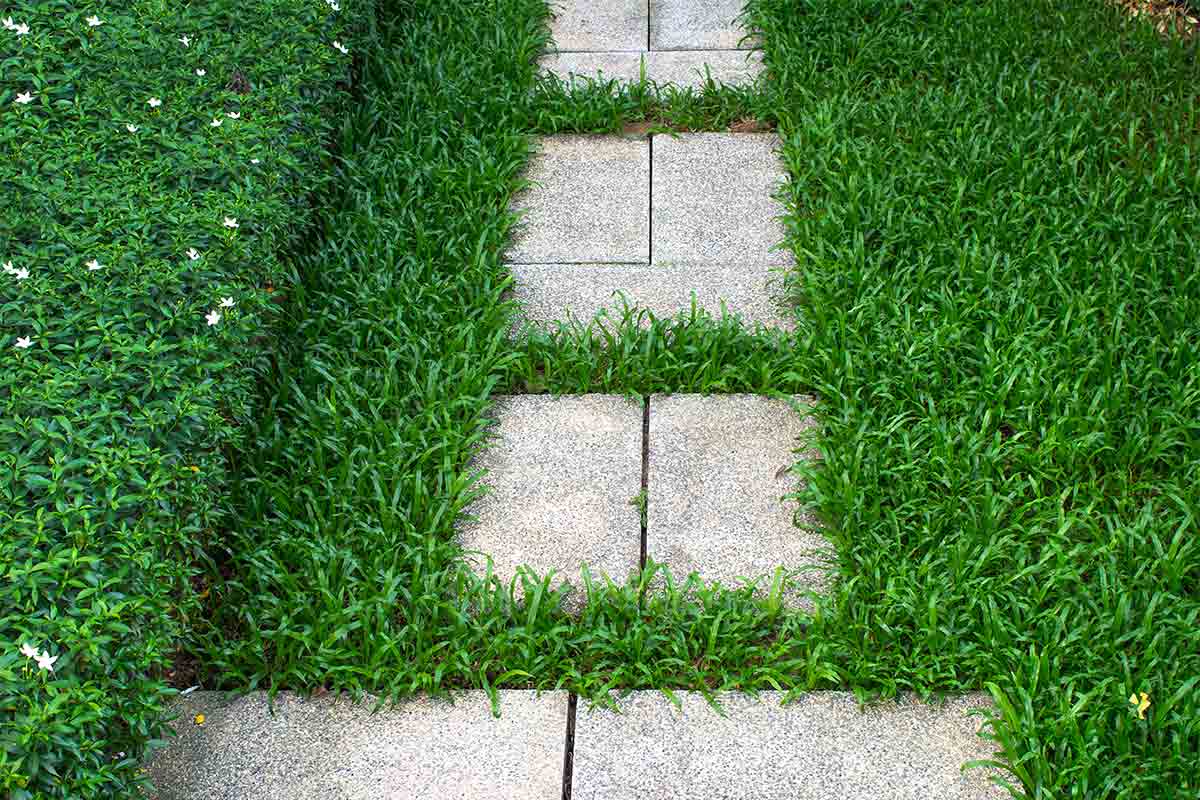

Landscaping Ideas
What Grass Grows Best In Florida
Modified: October 18, 2024
Discover the top landscaping ideas for Florida with the best grass options. Find out which grass grows best in Florida for your perfect lawn.
(Many of the links in this article redirect to a specific reviewed product. Your purchase of these products through affiliate links helps to generate commission for Storables.com, at no extra cost. Learn more)
Introduction
Welcome to the Sunshine State, where the warm climate and unique soil conditions present both opportunities and challenges for landscaping enthusiasts. One of the fundamental elements of a vibrant and inviting lawn is the choice of grass. In Florida, the selection of the right grass type is crucial for achieving a lush, healthy lawn that can withstand the state’s hot and humid climate.
Whether you’re a homeowner, a landscaper, or a gardening enthusiast, understanding the factors that influence the growth of grass in Florida and the best practices for cultivating it can make a significant difference in the overall aesthetics and health of your lawn. In this comprehensive guide, we’ll explore the various types of grass that thrive in Florida, the essential factors to consider when choosing the right grass for your lawn, and the best practices for nurturing and maintaining a beautiful, resilient lawn in the Florida environment.
So, if you’re ready to delve into the world of Florida grasses and elevate your landscaping game, let’s embark on this green journey together!
Key Takeaways:
- Choose St. Augustine grass for a lush, low-maintenance lawn in Florida’s hot and humid climate. Its versatility and resilience make it perfect for any landscape setting.
- Follow best practices like proper irrigation and regular maintenance to grow vibrant, resilient grass in Florida. Embrace the opportunity to create an outdoor oasis that reflects the beauty of Florida’s natural landscape.
Read more: What Kind Of Grass Grows In South Florida
Factors to Consider When Choosing Grass
When it comes to choosing the right grass for your Florida lawn, several crucial factors should influence your decision. Understanding and considering these factors can help you select a grass variety that not only survives but thrives in the unique climate and soil conditions of Florida:
- Climate: Florida’s climate is characterized by hot, humid summers and mild winters. It’s essential to choose a grass variety that can tolerate high temperatures, humidity, and occasional drought. Additionally, the grass should be resilient to common lawn diseases and pests prevalent in the region.
- Soil Type: Florida’s soil varies across different regions, ranging from sandy soils in coastal areas to more fertile, loamy soils inland. Understanding your specific soil type and its drainage properties is crucial for selecting a grass variety that can adapt and thrive in your lawn’s unique soil conditions.
- Shade Tolerance: Many Florida landscapes feature a mix of sun and shade. Considering the shade tolerance of different grass varieties is essential for ensuring uniform growth and greenery throughout your lawn, especially in areas with limited sunlight.
- Maintenance Requirements: Different grass types have varying maintenance needs, including mowing frequency, fertilization requirements, and overall care. Assessing the time and effort you can dedicate to lawn maintenance can help you choose a grass variety that aligns with your maintenance preferences and lifestyle.
- Watering Needs: With Florida’s sporadic rainfall patterns and occasional drought conditions, selecting a grass variety with moderate to high drought tolerance can reduce the need for excessive watering, contributing to water conservation efforts and cost savings.
- Resilience to Foot Traffic: If your lawn experiences frequent foot traffic from children, pets, or social gatherings, choosing a durable grass variety that can withstand wear and tear is essential for maintaining a visually appealing and functional outdoor space.
By carefully considering these factors and evaluating your specific lawn conditions, you can make an informed decision when selecting the ideal grass variety for your Florida landscape.
Types of Grass That Grow Best in Florida
Florida’s diverse climate and soil conditions create an environment where several grass species can thrive. Each grass type offers unique characteristics and benefits, making it essential to understand the options available for your lawn. Here are some of the top grass varieties that grow best in Florida:
- St. Augustine Grass: Known for its excellent heat and humidity tolerance, St. Augustine grass is a popular choice for Florida lawns. It thrives in both sun and partial shade, making it versatile for various landscape settings. Its broad, dark green blades create a lush carpet-like appearance, adding aesthetic appeal to any lawn.
- Zoysia Grass: With its dense growth pattern and exceptional heat tolerance, Zoysia grass is well-suited for Florida’s warm climate. It exhibits good drought tolerance and can adapt to different soil types, making it a resilient option for lawns that experience varying environmental conditions.
- Bahia Grass: Ideal for large, open areas, Bahia grass is known for its robust nature and ability to thrive in Florida’s sandy soils. It offers excellent heat tolerance and requires minimal maintenance, making it a practical choice for homeowners seeking a low-maintenance lawn solution.
- Centipede Grass: Recognized for its low maintenance requirements and moderate shade tolerance, Centipede grass is well-suited for Florida’s coastal regions. It exhibits good salt tolerance, making it an excellent choice for lawns near the coast. Its light green color and fine texture contribute to a visually pleasing lawn aesthetic.
- Bermuda Grass: Renowned for its rapid growth and exceptional wear tolerance, Bermuda grass is a popular choice for high-traffic areas in Florida lawns. It thrives in full sun and exhibits excellent drought tolerance, making it a resilient option for homeowners seeking a durable and visually appealing grass variety.
Each of these grass types offers unique advantages, and selecting the right one depends on factors such as your lawn’s sun exposure, soil type, maintenance preferences, and aesthetic goals. By understanding the characteristics of each grass variety, you can make an informed decision that aligns with your specific landscaping needs and aspirations.
St. Augustine grass is the best choice for Florida due to its ability to thrive in the state’s hot and humid climate, as well as its resistance to pests and diseases.
Best Practices for Growing Grass in Florida
Cultivating a thriving and resilient lawn in Florida requires a combination of strategic practices tailored to the state’s unique environmental conditions. By following these best practices, you can nurture healthy grass growth and maintain an attractive lawn that enhances your outdoor living space:
- Soil Preparation: Before planting grass, assess your soil’s composition and pH levels. Amending the soil with organic matter and ensuring proper drainage can create an optimal foundation for healthy grass growth.
- Appropriate Grass Selection: Choose a grass variety that aligns with your lawn’s sun exposure, soil type, and maintenance capabilities. Consider factors such as shade tolerance, drought resistance, and foot traffic resilience when selecting the most suitable grass type for your landscape.
- Proper Irrigation: Establish a consistent watering schedule that provides adequate moisture without promoting waterlogged conditions. Deep, infrequent watering encourages deep root growth and enhances the grass’s ability to withstand periods of drought.
- Regular Mowing and Maintenance: Maintain the recommended mowing height for your chosen grass variety, as different species have specific height preferences. Regular mowing promotes even growth and helps prevent weed infestations, contributing to a well-manicured lawn appearance.
- Applying Fertilizer: Follow a fertilization schedule tailored to your grass type and soil requirements. Applying the right type and amount of fertilizer at the appropriate times can support healthy growth and vibrant green coloration.
- Weed and Pest Control: Implement proactive measures to control weeds and address potential pest infestations. Regular monitoring and targeted treatments can help preserve the health and aesthetics of your lawn.
- Aeration and Overseeding: Periodic aeration and overseeding can rejuvenate compacted soil, improve air and water circulation, and promote new grass growth. These practices contribute to a denser, healthier lawn over time.
- Environmental Considerations: Embrace eco-friendly lawn care practices, such as using organic fertilizers and minimizing pesticide usage, to support environmental sustainability and the well-being of local ecosystems.
By integrating these best practices into your lawn care routine, you can foster the optimal conditions for robust grass growth and cultivate a vibrant, resilient lawn that enhances the beauty of your Florida landscape.
Conclusion
As you navigate the intricacies of landscaping in Florida, the selection and cultivation of the right grass type play a pivotal role in achieving a stunning and sustainable lawn. By considering factors such as climate, soil type, shade tolerance, and maintenance requirements, you can make an informed decision when choosing the most suitable grass variety for your specific landscape.
Whether you opt for the lush carpet-like appearance of St. Augustine grass, the robust resilience of Bahia grass, or the dense growth pattern of Zoysia grass, each variety offers unique characteristics that can elevate the visual appeal and functionality of your outdoor space. Understanding the best practices for nurturing grass in Florida, including proper soil preparation, irrigation, maintenance, and environmental considerations, empowers you to create a thriving lawn that withstands the state’s warm climate and contributes to the overall charm of your property.
As you embark on your journey to cultivate a vibrant and resilient lawn, remember that the process is as much about patience and dedication as it is about knowledge and technique. Embrace the opportunity to create an outdoor oasis that reflects the beauty and vitality of Florida’s natural landscape, and savor the rewards of a well-maintained lawn that enhances your home’s curb appeal and provides a welcoming environment for outdoor activities and relaxation.
With a thoughtful approach to grass selection and a commitment to implementing best practices, you can transform your lawn into a flourishing testament to the allure of Florida’s distinctive flora and the joy of outdoor living.
Frequently Asked Questions about What Grass Grows Best In Florida
Was this page helpful?
At Storables.com, we guarantee accurate and reliable information. Our content, validated by Expert Board Contributors, is crafted following stringent Editorial Policies. We're committed to providing you with well-researched, expert-backed insights for all your informational needs.
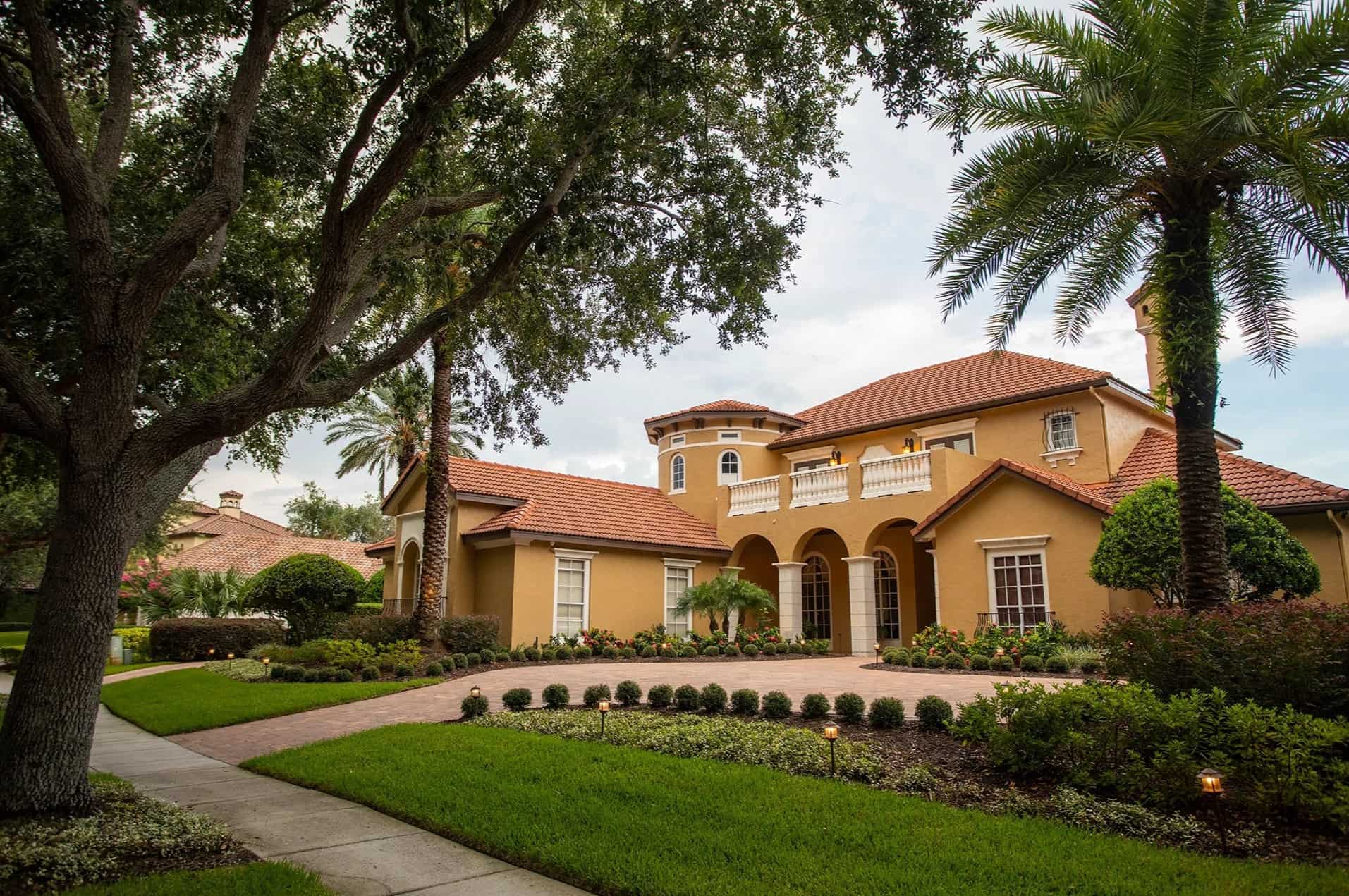
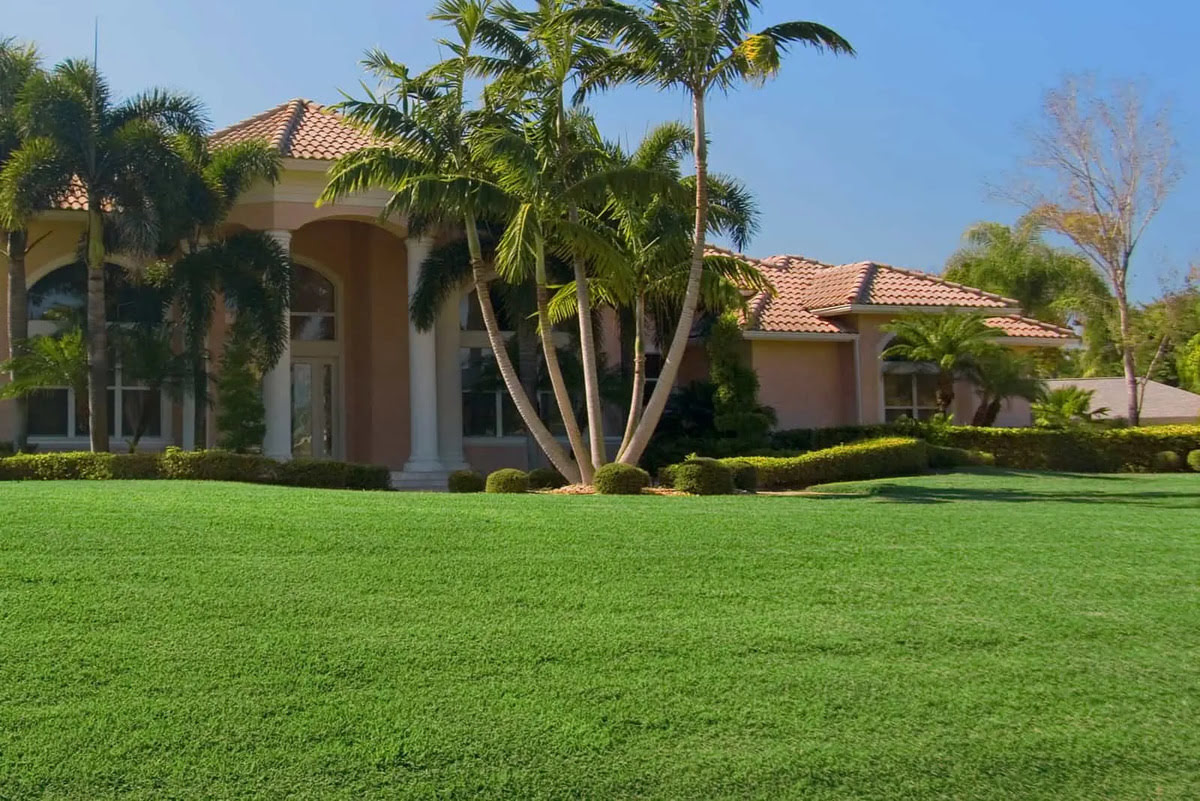
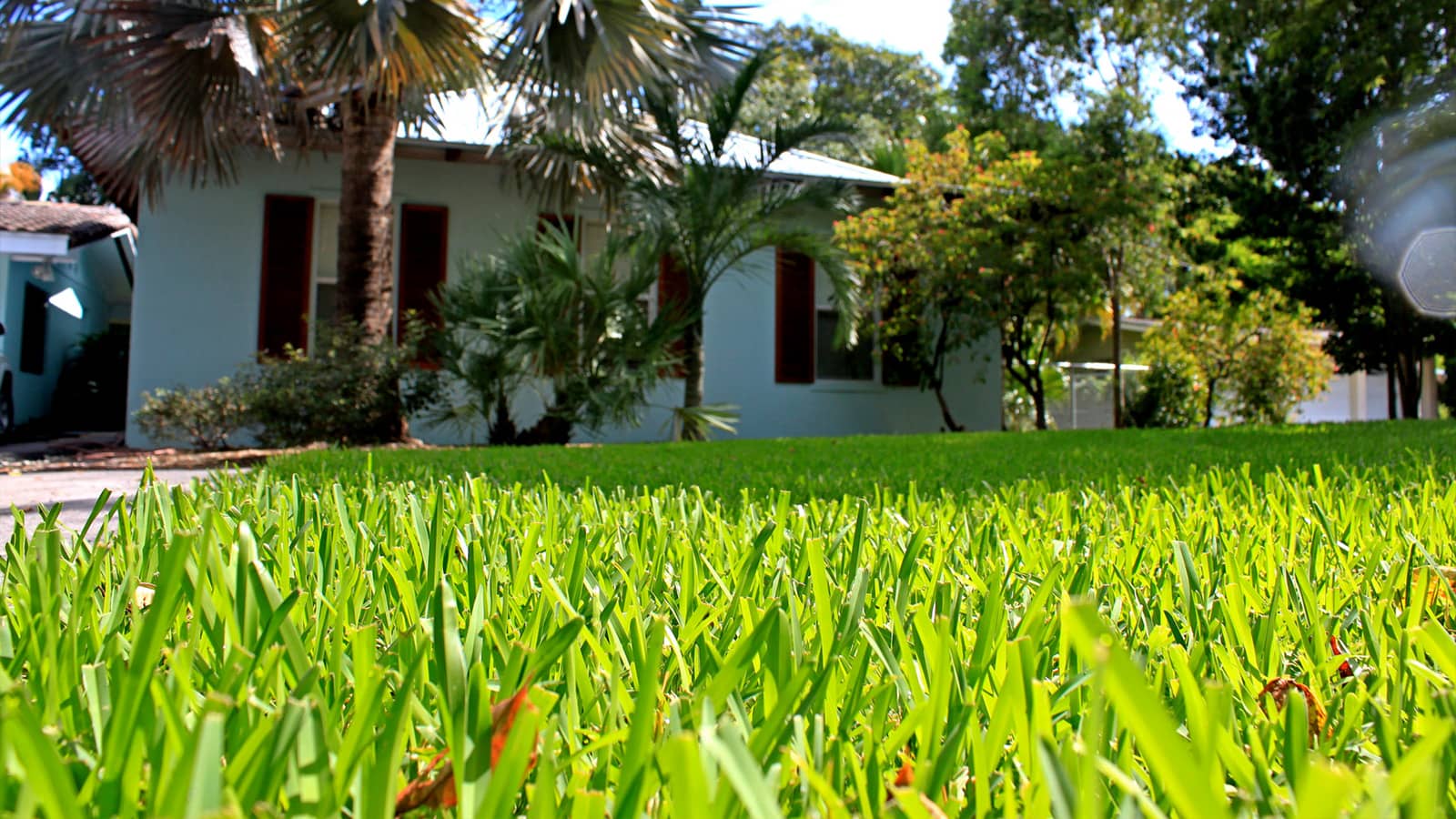
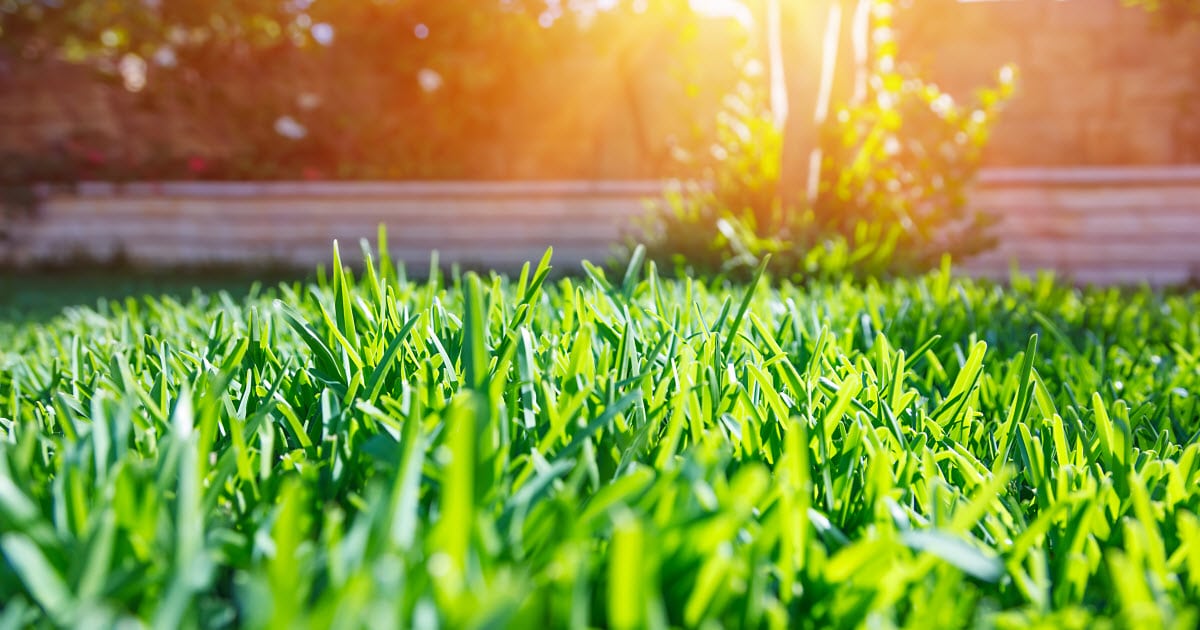
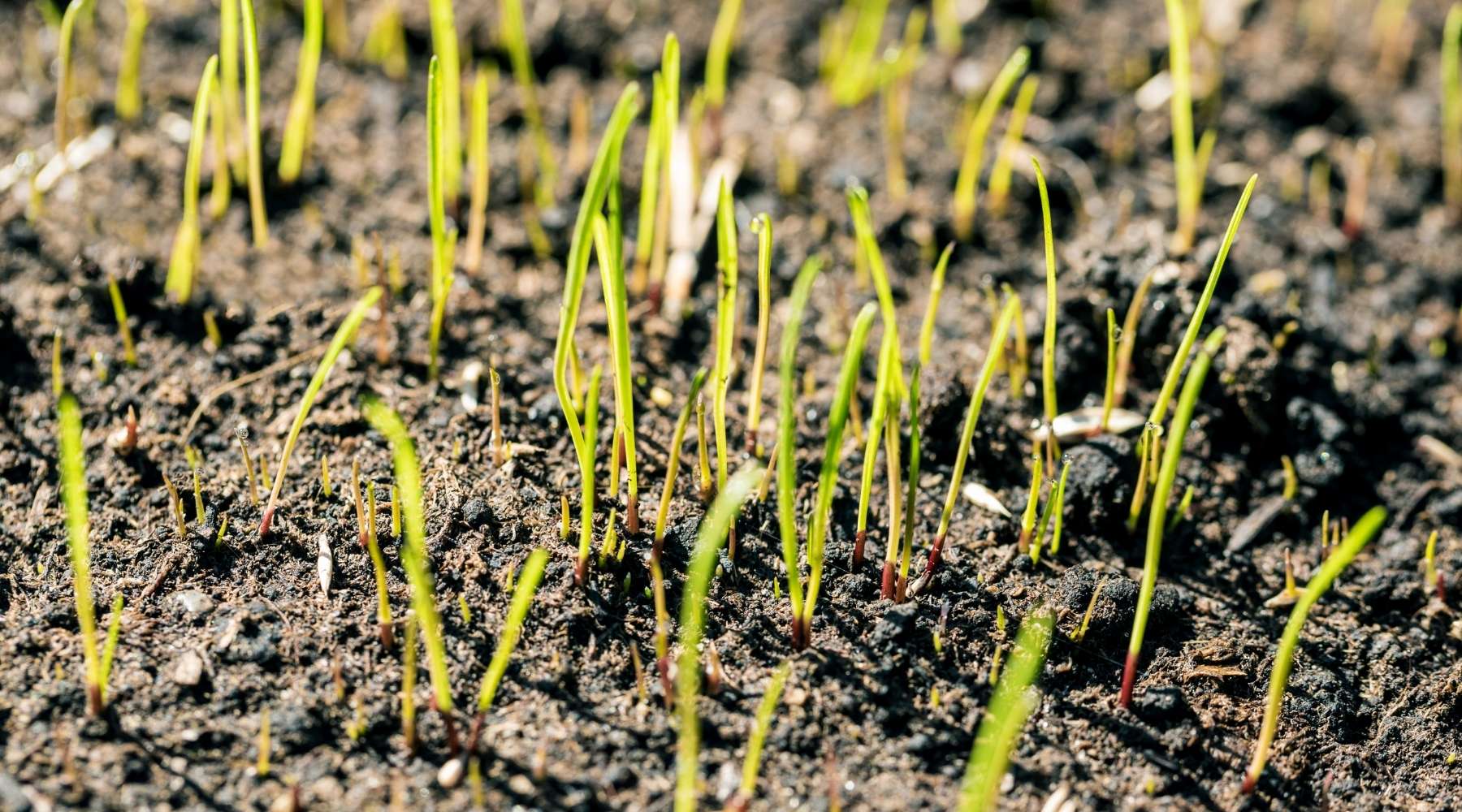
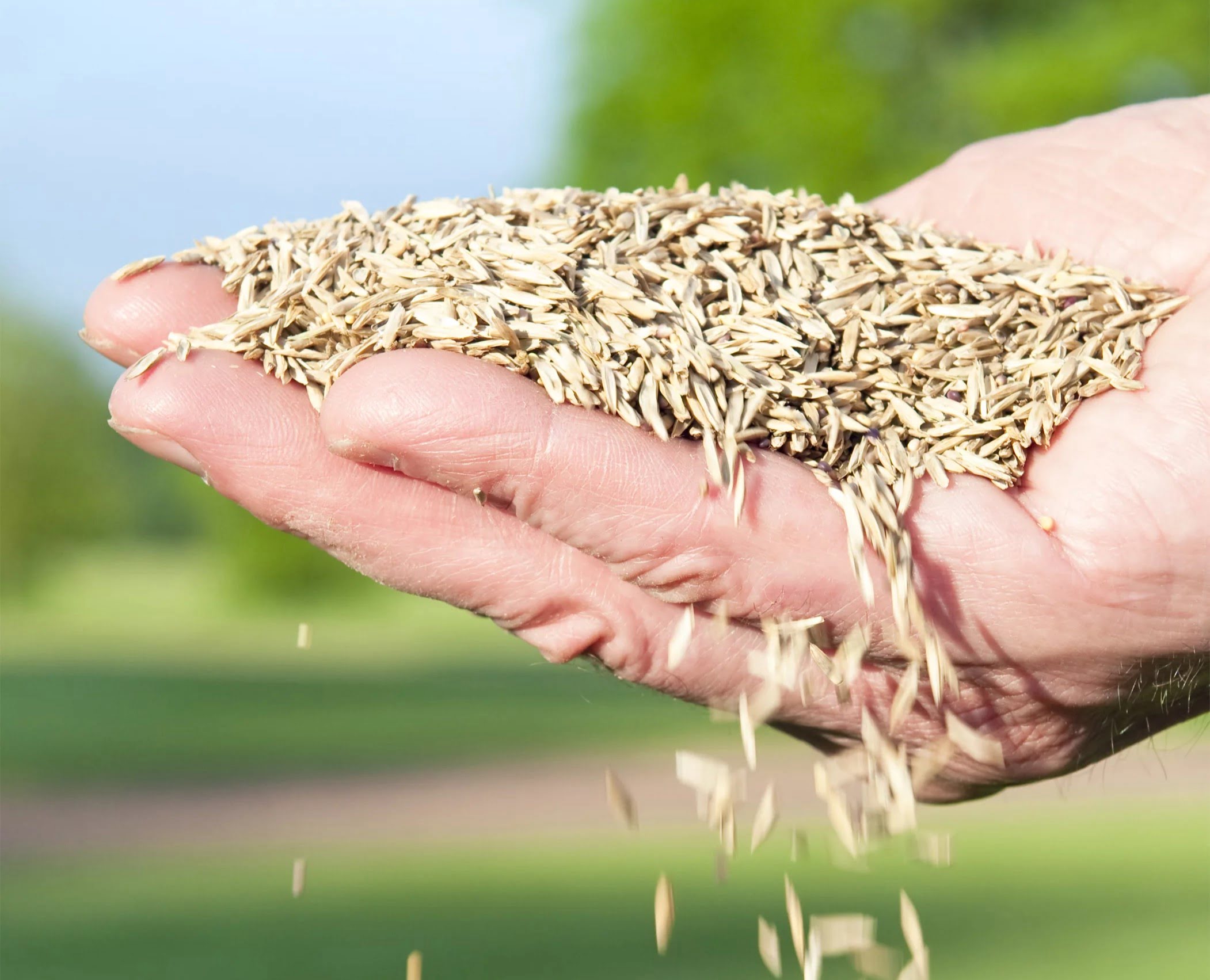
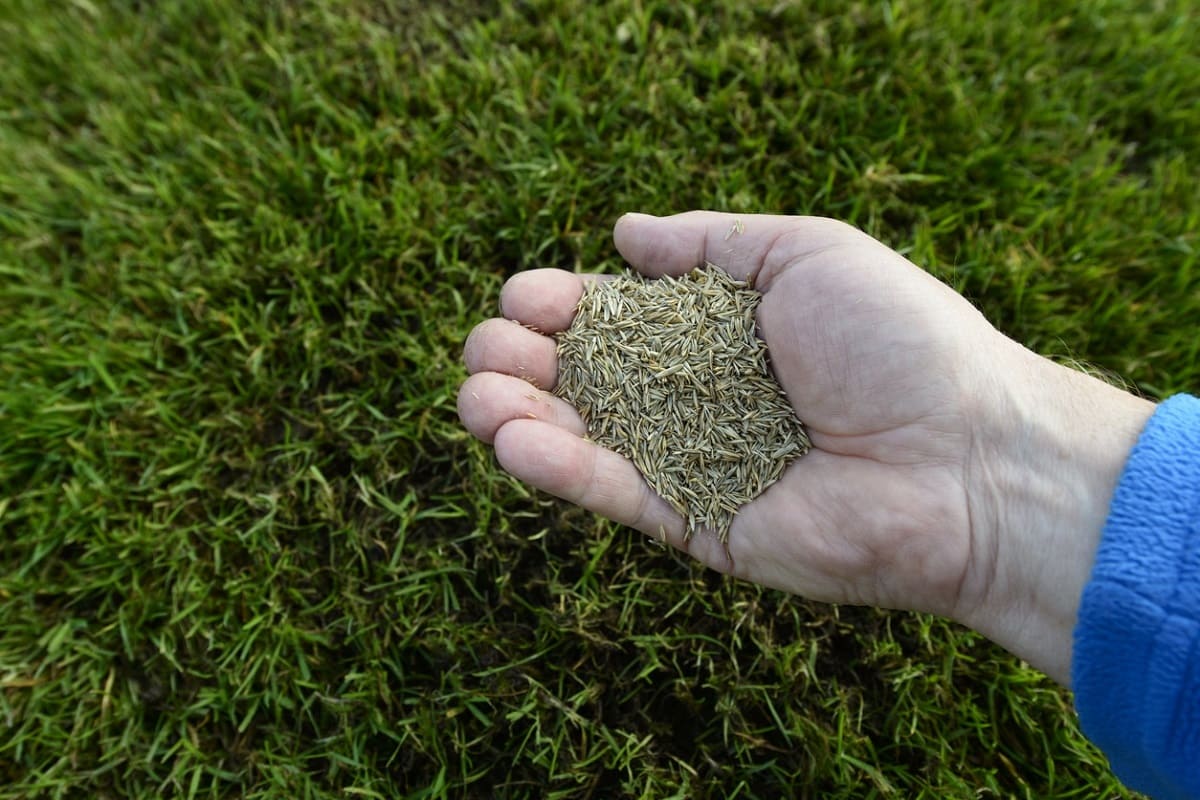
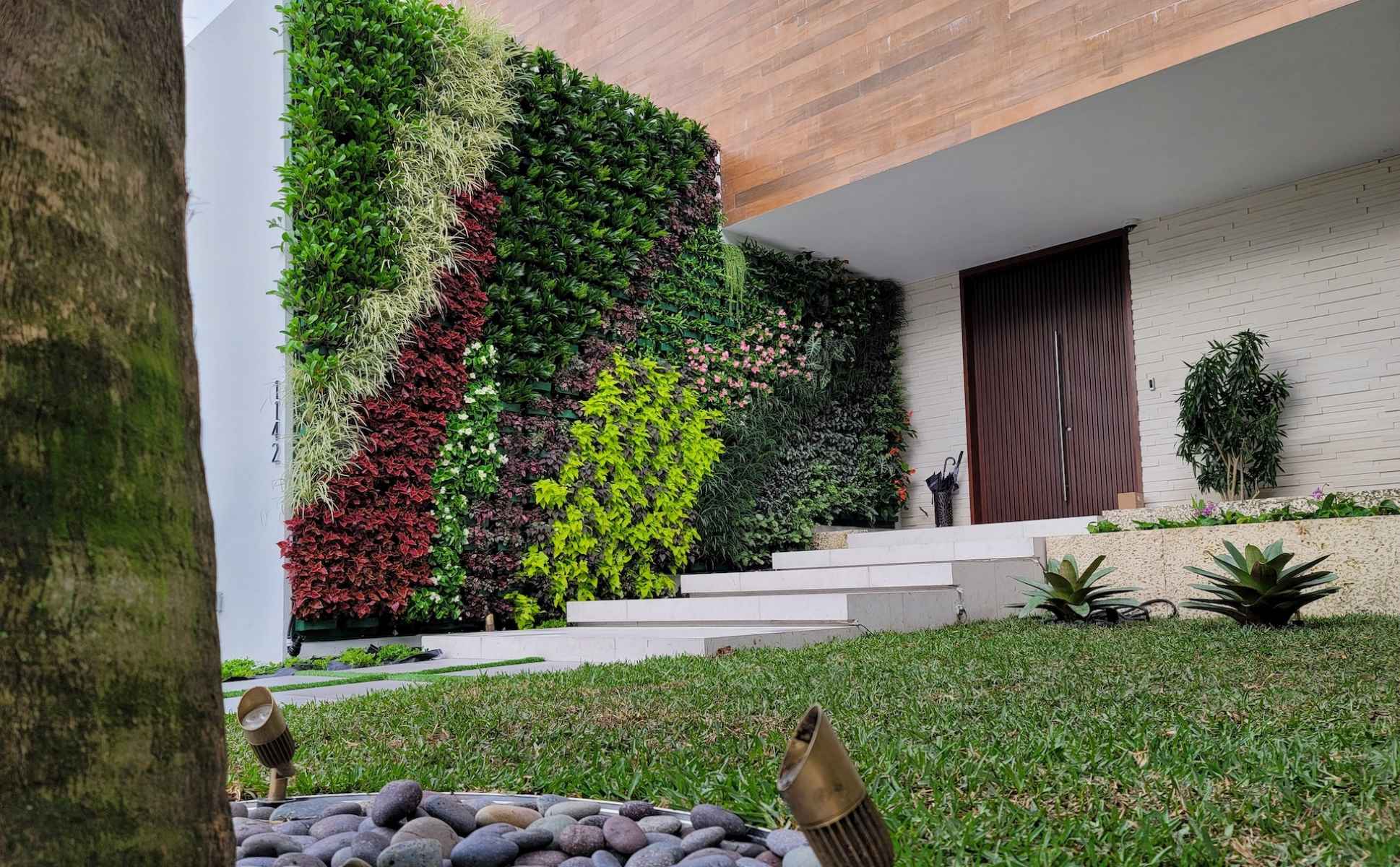
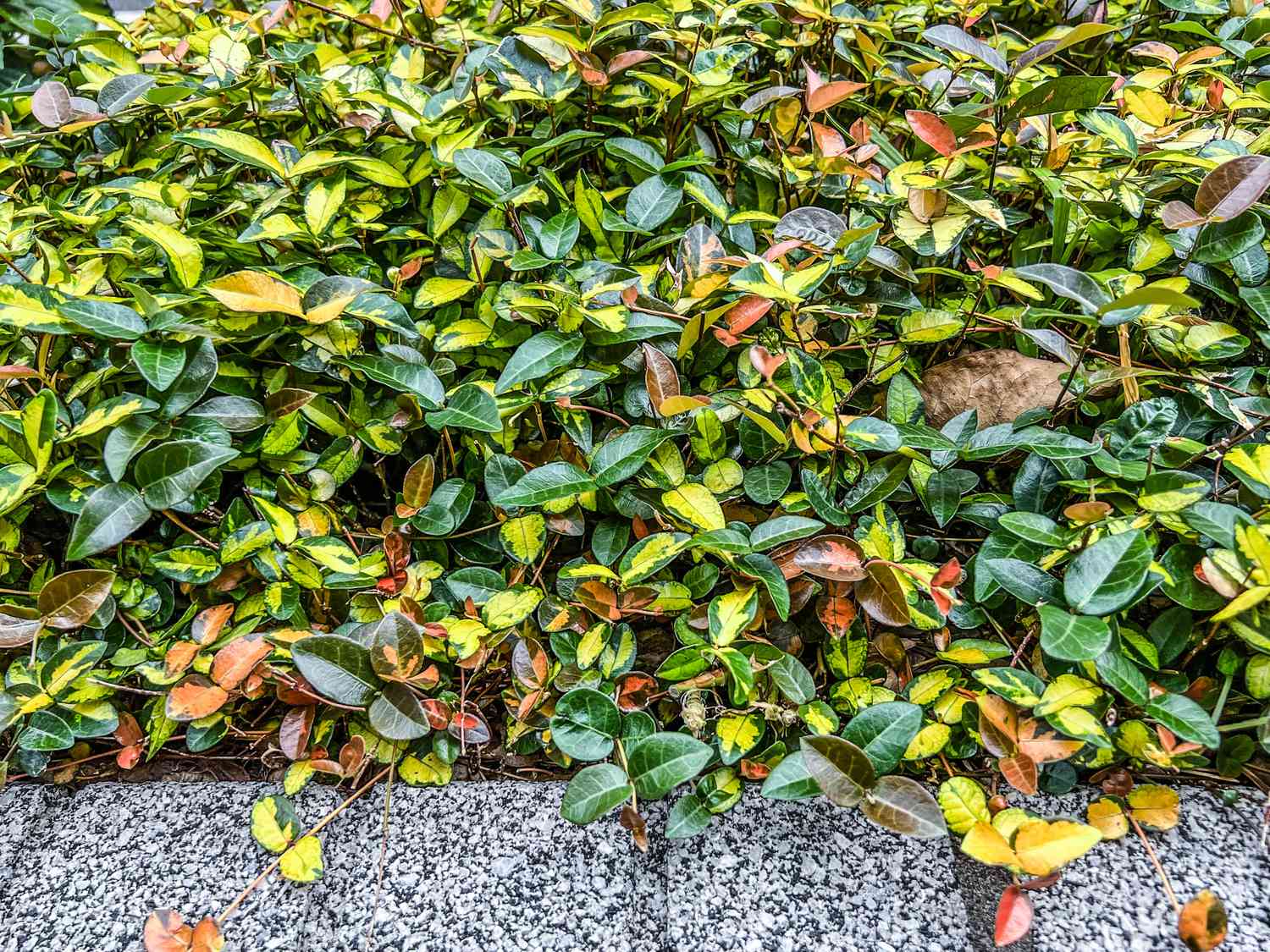
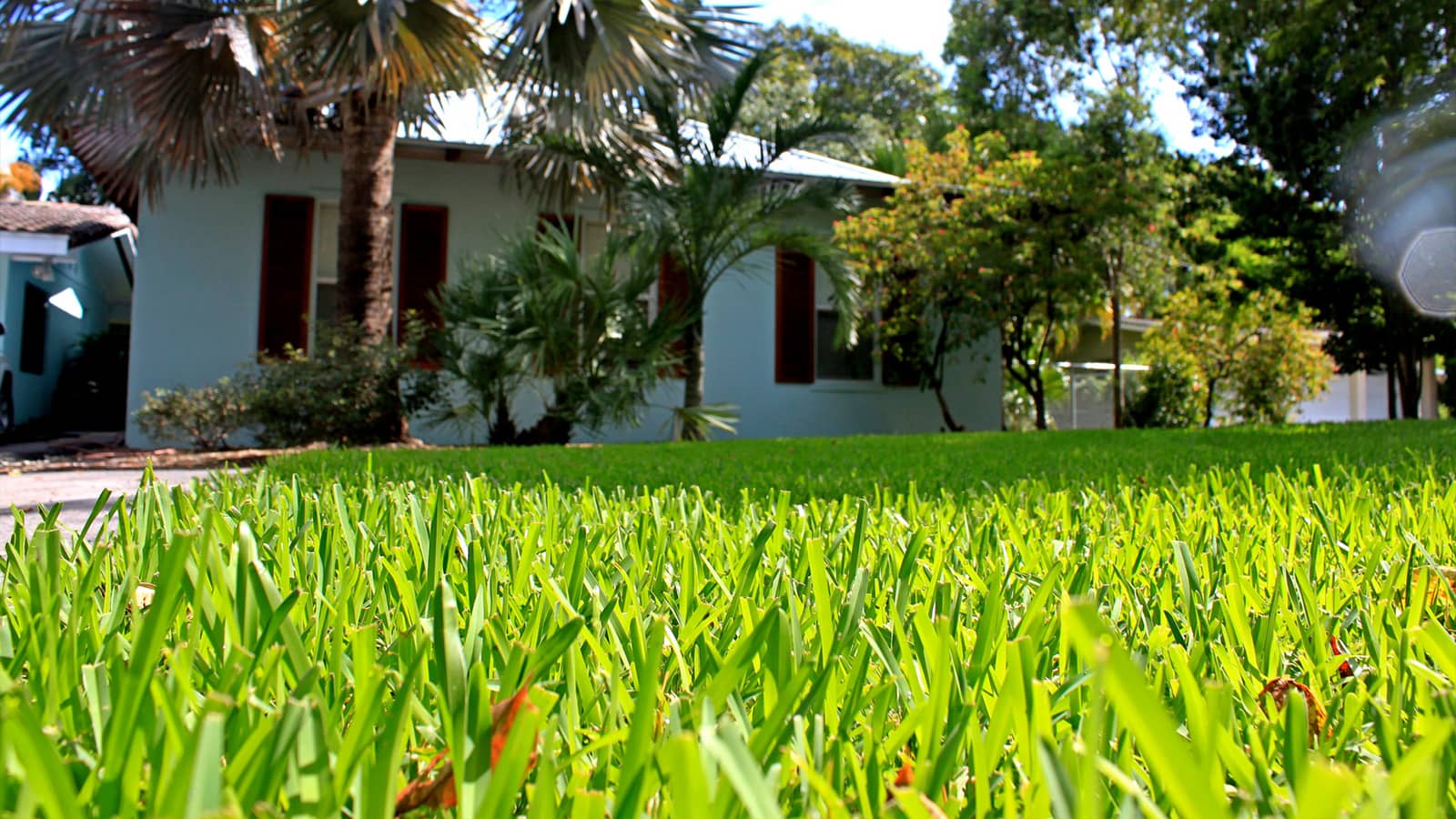
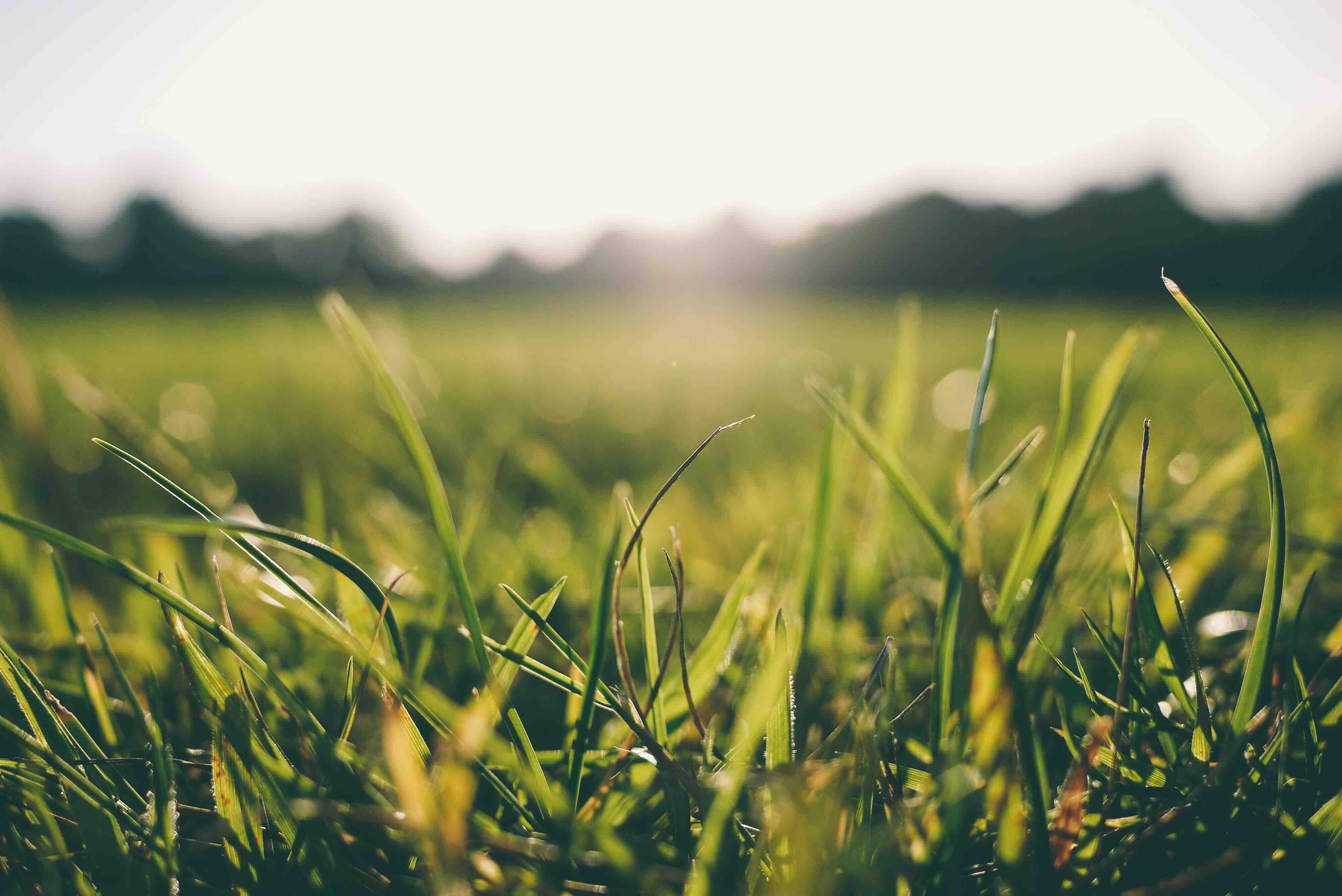
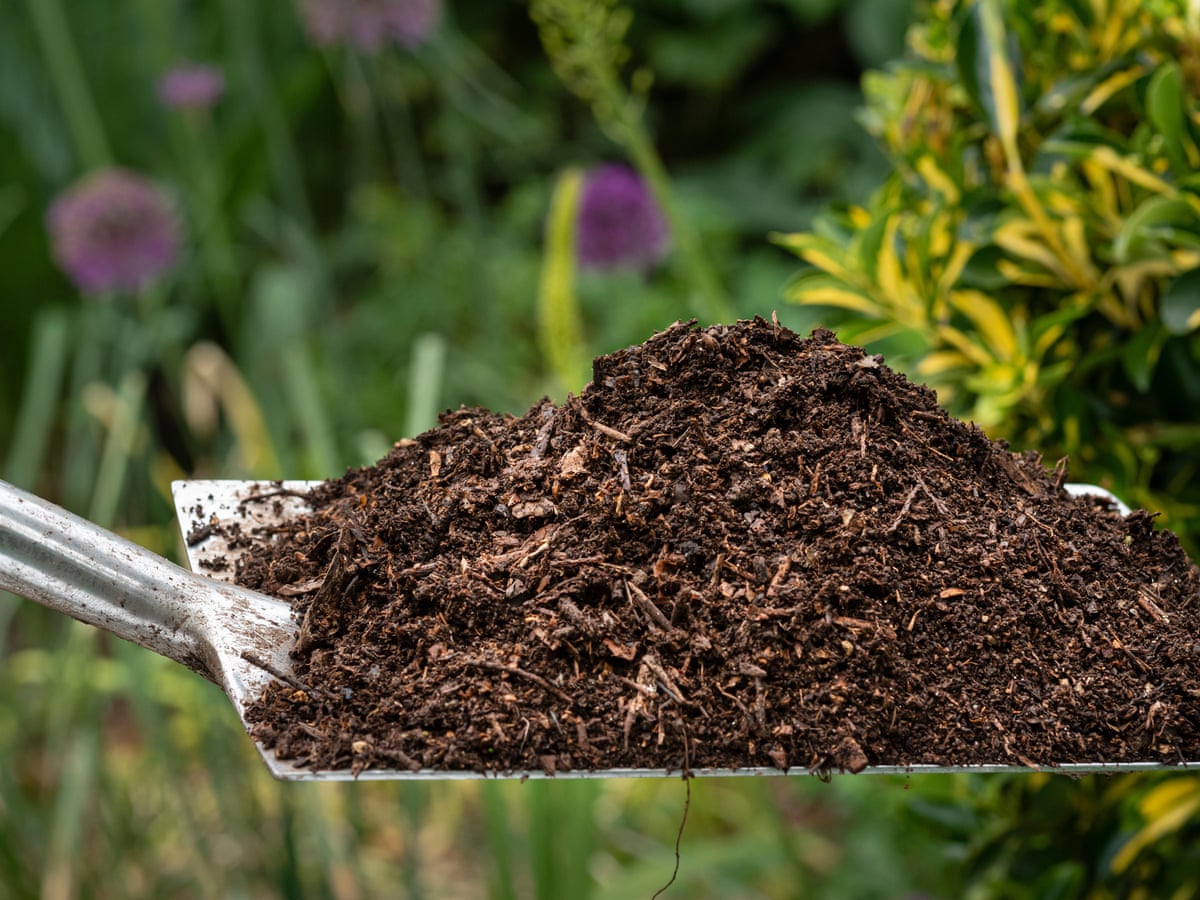
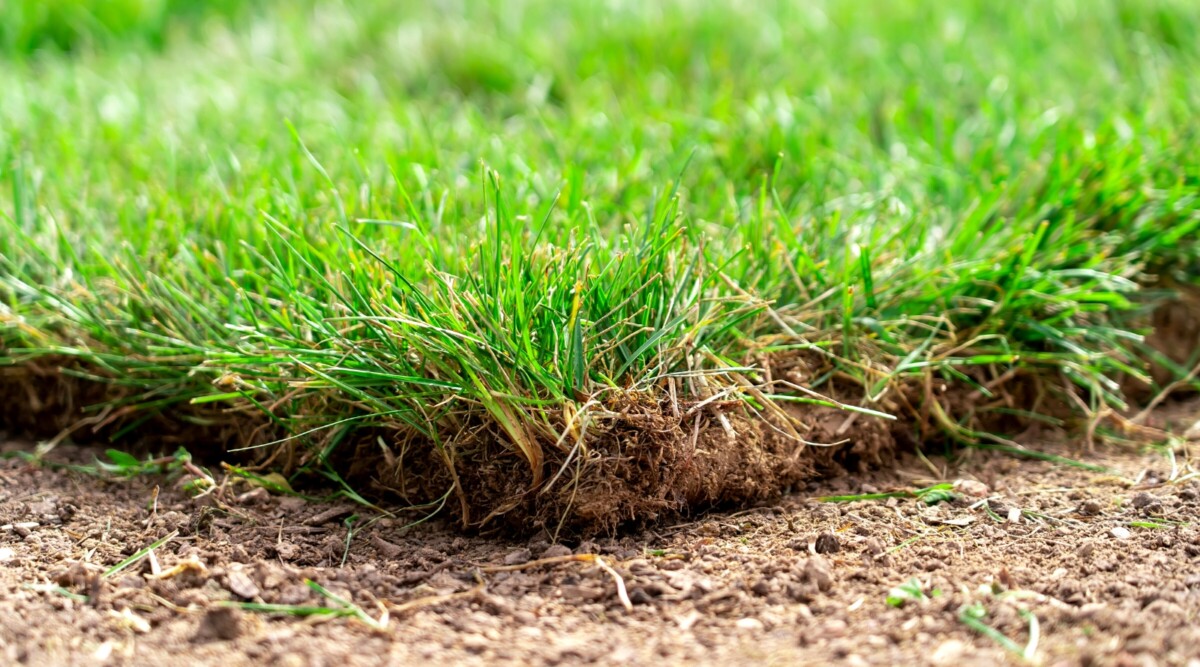
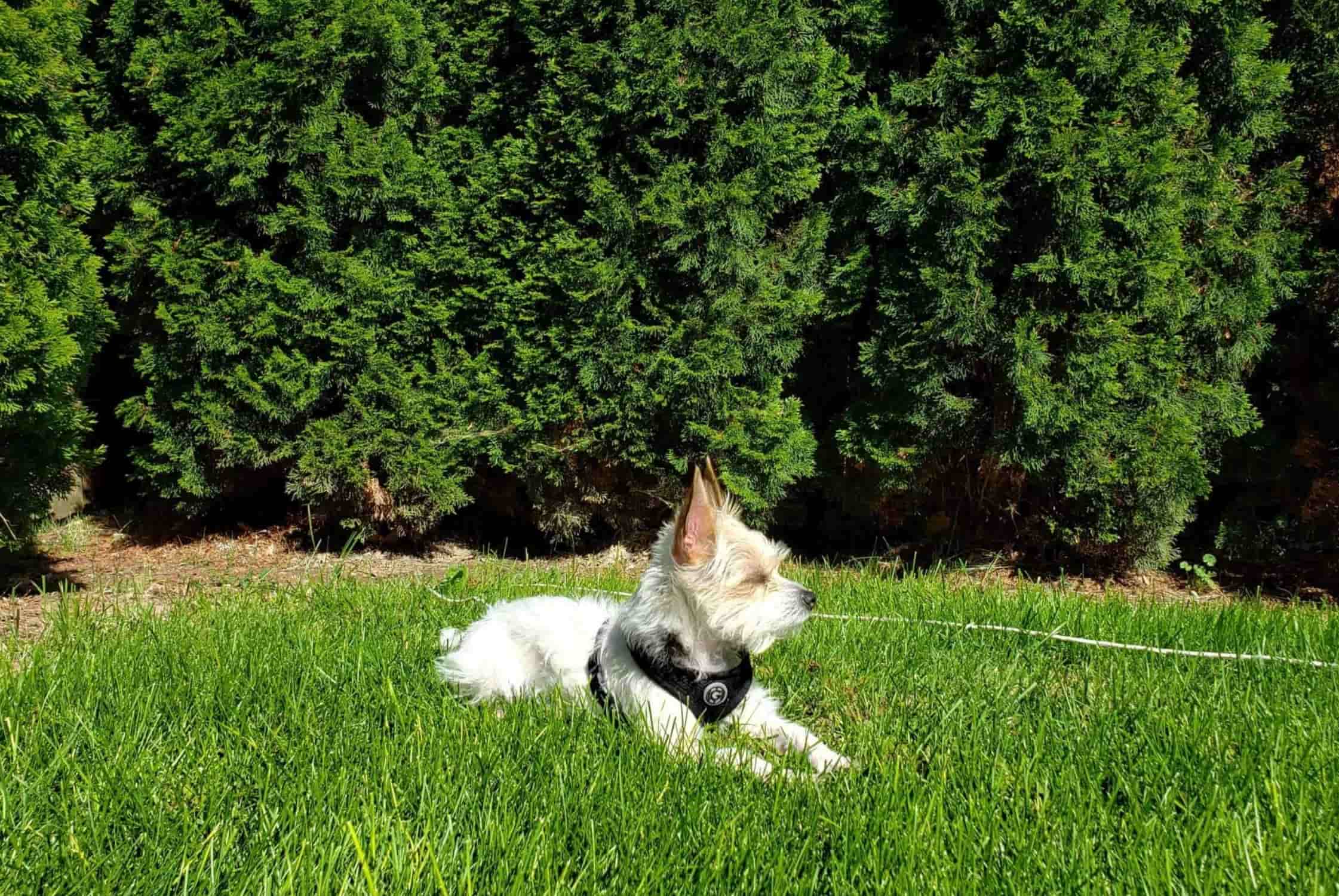
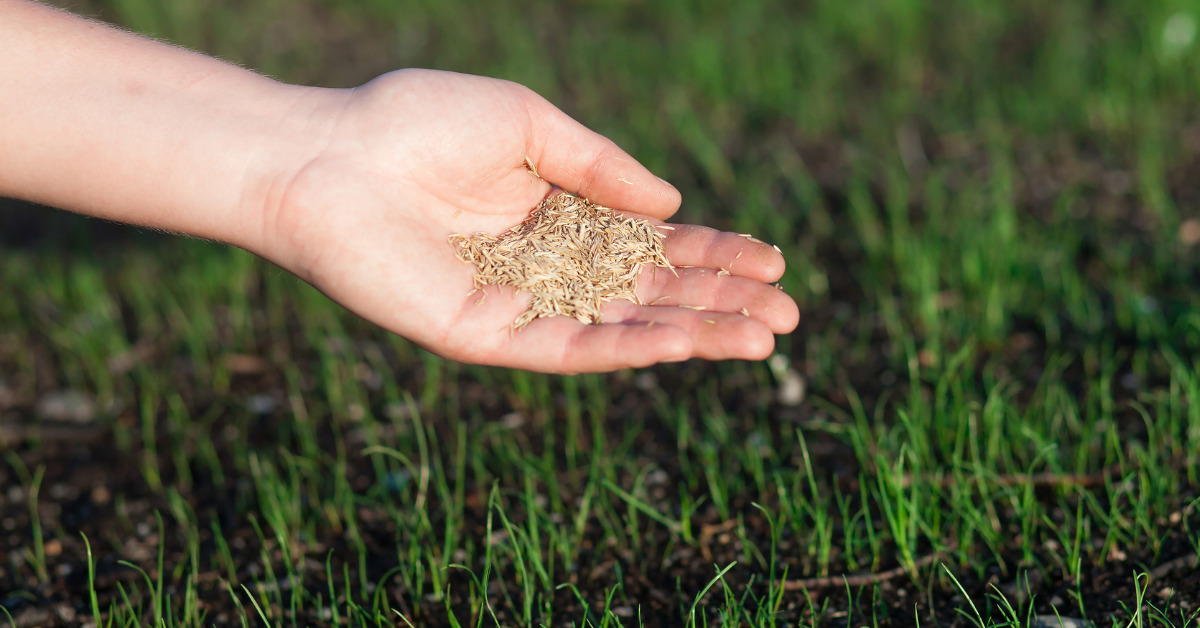

0 thoughts on “What Grass Grows Best In Florida”